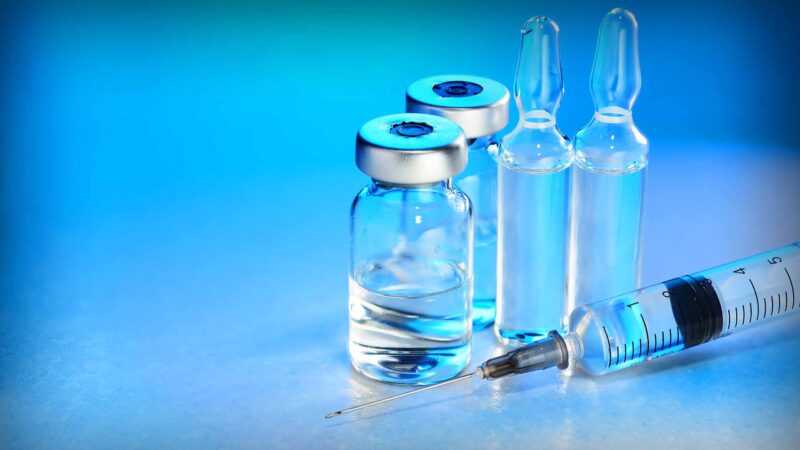NEW TREATMENT OPTIONS UNDER INVESTIGATION FOR PELVIC ORGAN PROLAPSE Design of next generation meshes using degradable polymers and stem cell based surgical constructs
Pelvic organ prolapse (POP) develops when tissues, pelvic floor muscles and ligaments that support the pelvic organs (bladder, uterus and bowel) are damaged, usually in childbirth. This injury causes the organs to shift, or ‘drop’, into the vagina or event outside of the body. This can lead to debilitating symptoms including poor bladder or bowel control and pain during sex
POP Facts
- 1 in 4 women globally in their 40s live with POP
- 1 in 2 women over 50 years of age live with POP
- $200 million annual cost to the Australian healthcare system
POP is a lifelong, potentially debilitating condition. Despite the high prevalence, there is no cure for POP.
Dr Shayanti Mukherjee, Research Group Head, Translational Tissue Engineering at the with her team at Hudson Institute of Medical Research is developing new ways to prevent and potential cure pelvic organ prolapse (POP). The technology aims to ultimately lead to safer and more effective treatment for women with pelvic organ prolapse (POP) using a woman’s own stem cells to boost the effectiveness of a degradable mesh.
Dr Shayanti Mukherjee specialises in innovative cell-based therapies for pelvic floor disorders and birth trauma injuries.
Dr Mukherjee’s research uses a woman’s own stem cells to create a 3D-printed degradable mesh, promising to avoid the complications that have plagued previous synthetic non-degradable meshes.
“By integrating cutting-edge techniques like electrospinning and 3D printing of materials and cells, I aim to revolutionise maternal urogynaecological health, offering transformative solutions and improving the wellbeing of women affected by this prevalent issue.”
“This research has the potential to revolutionise therapies for pelvic floor regeneration and enable personalised medicine for women,” she said.
“By advancing innovative cell-based therapies, we are on the brink of transforming the landscape of maternal urogynaecological health, promising a brighter and healthier future for women across the globe,” said Dr Mukherjee.
Source: Hudson Institute of Medical Research
You Might also like
-
Australian Healthcare and Hospitals Association Funding and Operating Models Hospitals and Clinics New Content Value-Based Health Care
Launch of Australian Centre for Value-Based Health Care
The movement to value based healthcare across the industry in Australia, gained pace last month, with the Australian Healthcare & Hospitals Association launch of the Australian Centre for Value-Based Health Care.
-
Startup Advances Biosensing
Melbourne based Nutromics is looking to solve some of the biggest healthcare challenges, by delivering on a mission to revolutionise precision medicine with Continuous Molecular Monitoring (CMM). Nutromics is developing biosensor technology integrated into a small and unobtrusive wearable smart patch.The software solution aims to be flexible and designed to connect with mobile and web solutions for integration with consumer health software and hospital platforms.
-
Global collaboration in pulmonary fibrosis research
Pulmonary fibrosis is a lung disease that occurs when lung tissue becomes damaged and scarred. The debilitating and fatal disease ended the life of an Australian man 8 years ago.
His son led philanthropic efforts to establish the connection between 2 Australian organisations; Lung Foundation Australia and Centre for Research Excellence in Pulmonary Fibrosis and the US based, Three Lakes Foundation. The three organisations recently announced a collaboration to create a global network for PF research.



